Dog parks can be incredibly fun places for your dog to socialize and burn off some steam. Many dogs have few chances to run free today, so dog parks can be an important part of your dog’s exercise routine. However, you should always follow basic dog park etiquette.
You cannot just let your dog do whatever they want, and you can’t do whatever you want. Injuries occur at dog parks more often than you may think.
If you’ve never been to a dog park, visiting for the first time can be a bit stressful. To make things a bit easier, here are some things you should not do when visiting a dog park.
1. Not Clean Up After Your Dog
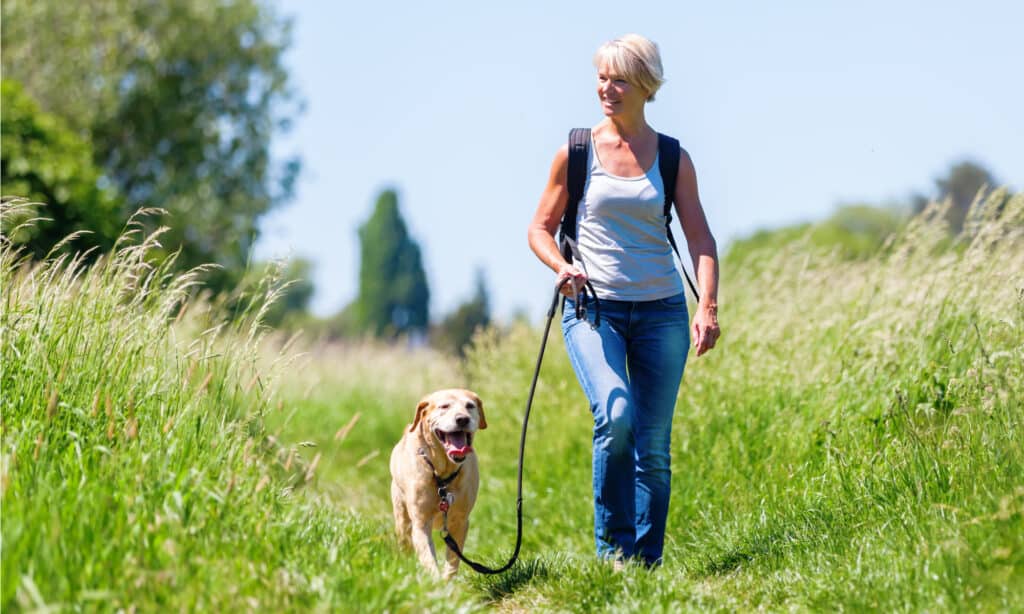
Always clean up after your dog, whether walking on a trail with your leashed canine or in a dog park.
©Christian Mueller/Shutterstock.com
One of the worst things you can do at a dog park is not clean up after your dog. Always carry poop bags, and bring more than you need! Most dog parks do have bags available, but it’s common for parks to run out. You don’t want to be left without a bag.
Promptly pick up any waste your dog leaves behind and dispose of it properly. Dog parks do have receptacles for this purpose, and they may be different than the typical trash can.
Leaving messes behind can attract pests, and it can smell very bad once you get enough dogs together. Plus, it can spread diseases and parasites between dogs.
2. Leave Your Dog Unleashed
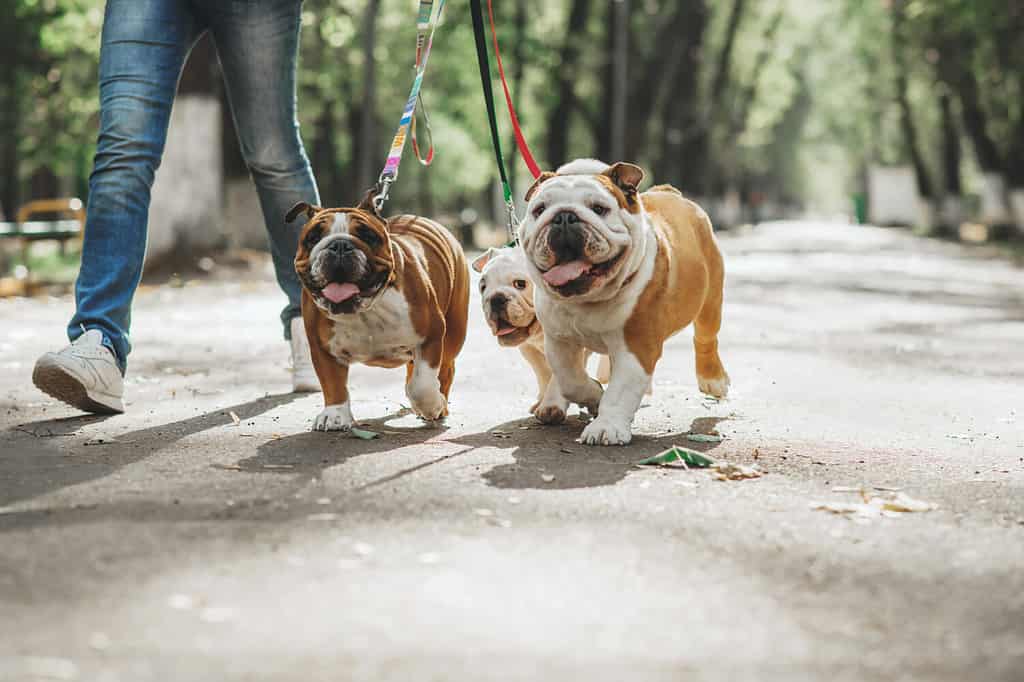
Always keep your dog on their leash when you’re outside of the dog park. Transitioning from inside the park to outside is a very common place for dogs to run off.
©Ann Tyurina/Shutterstock.com
While dog parks are generally off-leash areas, you shouldn’t always leave your dog unleashed. When transitioning between the park and the outside area, keep your dog on a leash at all times.
It’s also a good idea to keep your dog leashed for a moment once inside the park, too. You never know the temperament of the other dogs there, and safety should be your number one priority. Of course, once everything seems safe, you can let your dog off their leash.
When leaving, re-leash your dog before you even open the door. You don’t want your dog running away or escaping between the park and your car!
3. Ignoring Your Dog’s Body Language
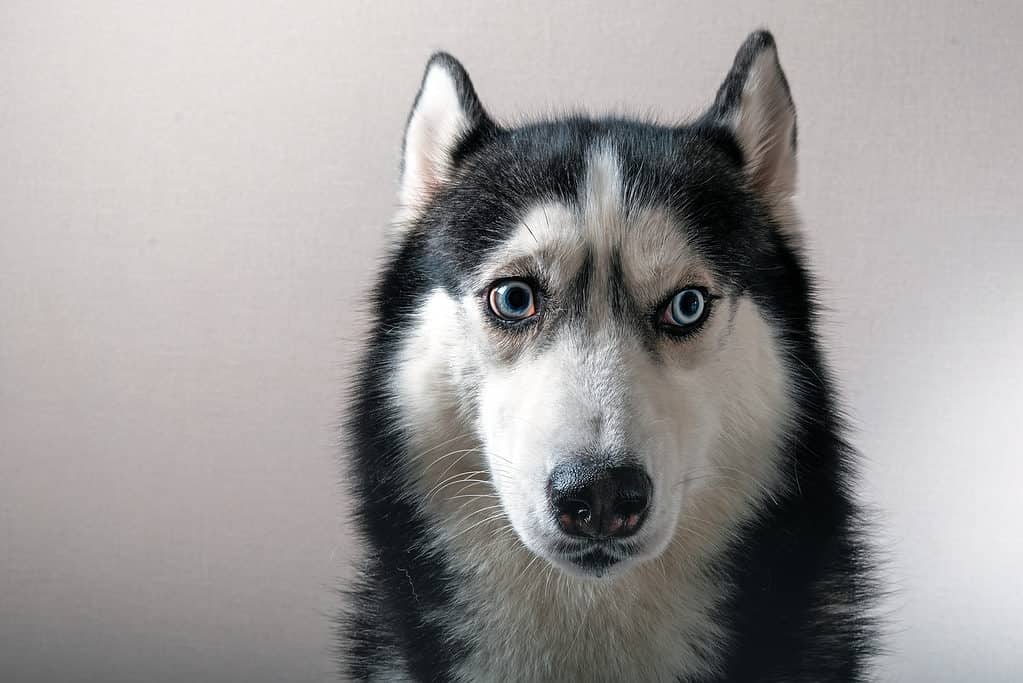
Watch your dog’s body language for signs of anxiety.
©Konstantin Zaykov/Shutterstock.com
Dog parks may be somewhere for your dog to let loose, but not for you. Staying on top of your dog while they’re playing is important. However, because our dogs cannot talk to us, we must rely on their body language.
If your dog shows signs of fear or aggression, it’s time to call it a day. Dogs can get overwhelmed by dog parks pretty quickly, and it’s important to remove them before things end on a negative note.
Intervene politely if you see your dog getting a bit too frantic with another canine.
4. Bringing Treats Inside
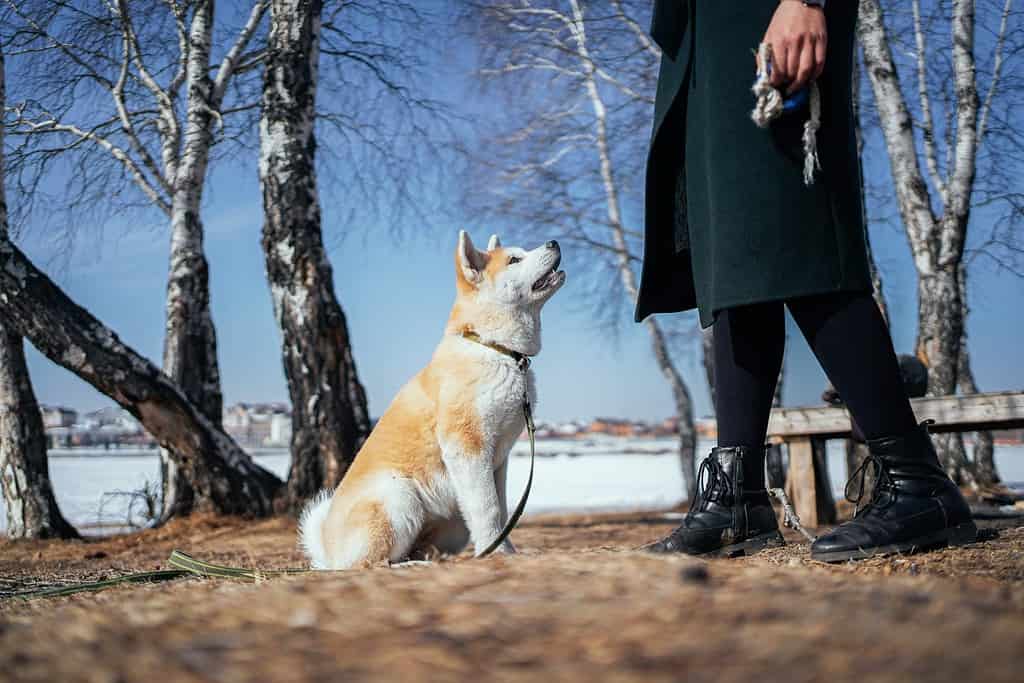
Train your dog elsewhere – not in the dog park.
©Danila Shtantsov/Shutterstock.com
Dogs can quickly become possessive and aggressive around food. We recommend leaving the treats outside the dog park and doing your training somewhere else. While you’re at it, you should skip human food, too, which can cause the same problems. Now is not the time to eat your lunch, anyway.
The only exception is an “emergency” treat just in case your dog won’t come back when called (or runs out of the gate unleashed). However, you shouldn’t advertise that you have this treat.
5. Not Providing Enough Supervision
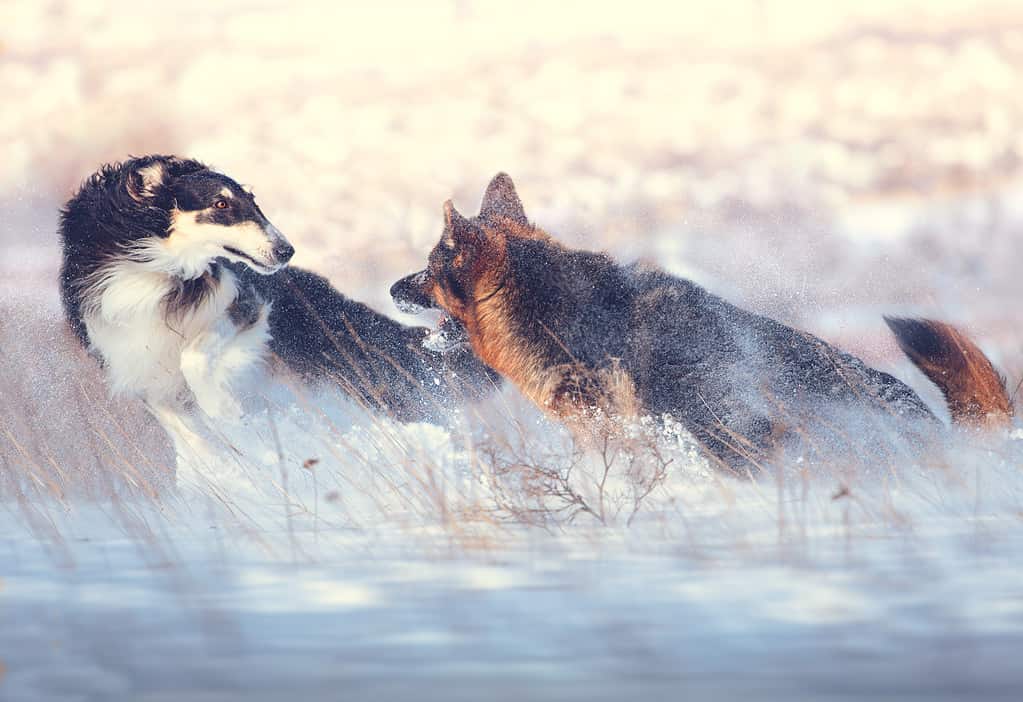
Even if the dogs seem to be getting along well, it only takes a minute for things to take a turn for the worse.
©Ashva/iStock via Getty Images
If your dog is playing nicely, it may be tempted to catch up on some emails or socialize. However, dog parks are not the place to get distracted. Your dog should be constantly supervised. It only takes a moment for interactions to turn sour.
Staying vigilant is absolutely necessary in dog parks, as you should be ready to intervene right away.
6. Not Being Mindful of Smaller Dogs
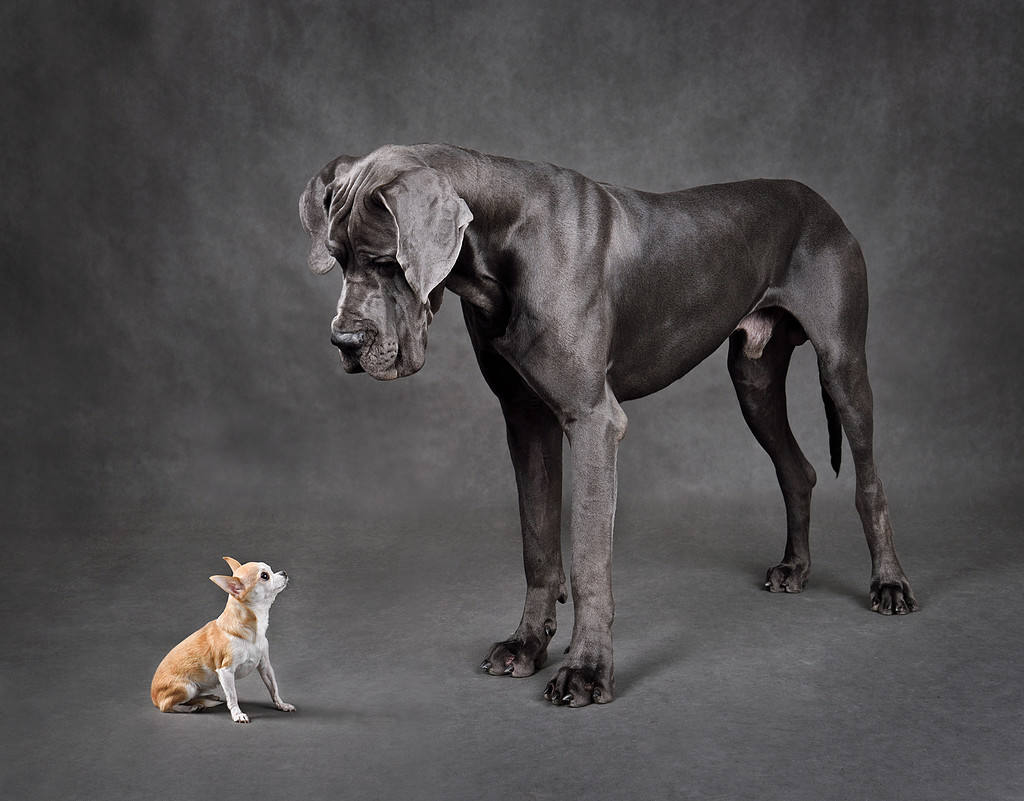
Dogs with huge sizing differences shouldn’t play with each other at dog parks.
©eAlisa/iStock via Getty Images
It’s good dog park etiquette and essential to be mindful of the tiny dogs, especially if you have a larger one. If the dog park has two play areas, one is likely for small dogs, and the other is usually more of a “free for all” zone. Be sure to read the specific rules for the park you’re visiting.
Smaller dogs can be intimidated by larger ones and are more easily injured. Letting your bigger dog play with a strange small dog often isn’t a good idea. You don’t know the smaller dog’s temperament or how they will interact.
The photo featured at the top of this post is © Stephen Barnes/iStock via Getty Images
Ready to discover the top 10 cutest dog breeds in the entire world?
How about the fastest dogs, the largest dogs and those that are -- quite frankly -- just the kindest dogs on the planet? Each day, AZ Animals sends out lists just like this to our thousands of email subscribers. And the best part? It's FREE. Join today by entering your email below.
Thank you for reading! Have some feedback for us? Contact the AZ Animals editorial team.







